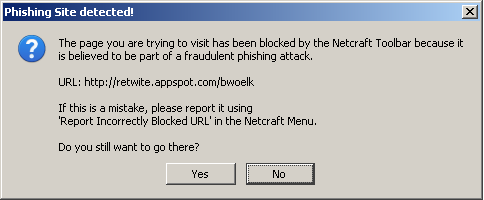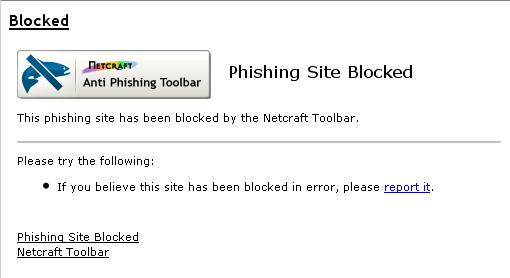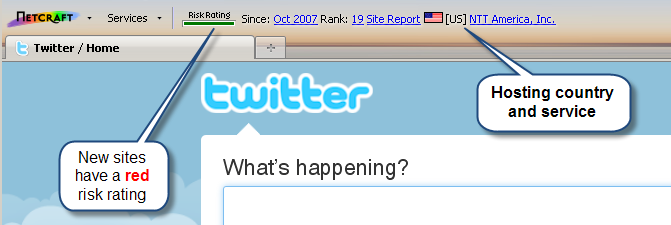Are location services on mobile devices a good thing?
Category:Cyberstalking,Facebook,Infosec Communicator,Internet Safety,Social NetworkingI’ve always had mixed feelings about the location services (such as Google Latitude) offered by various mobile devices and by social networking sites. For example, is it a good thing to let people know where you are when you’re tweeting?
When we talk to the incoming first year class at RIT each fall, we talk about the potential danger of cyberstalking, illustrating it humorously through the Facebook Stalker YouTube video. We don’t try to over dramatize the danger, but we do want students to be aware of the possibility. (We also discourage placing phone numbers and addresses in Facebook and other social networking profiles.)
We saw some evidence of cyberstalking with our daughter in high school. She would post info about where she would be and one person showed up there consistently.
Are we overreacting to the potential danger? On a risk map, I would rate cyberstalking as a low-probability high-impact risk. Is cyberstalking something you worry about? Do any of you use these “location services” on your mobile devices or Tweet with your location? Why or why not?
Ben











